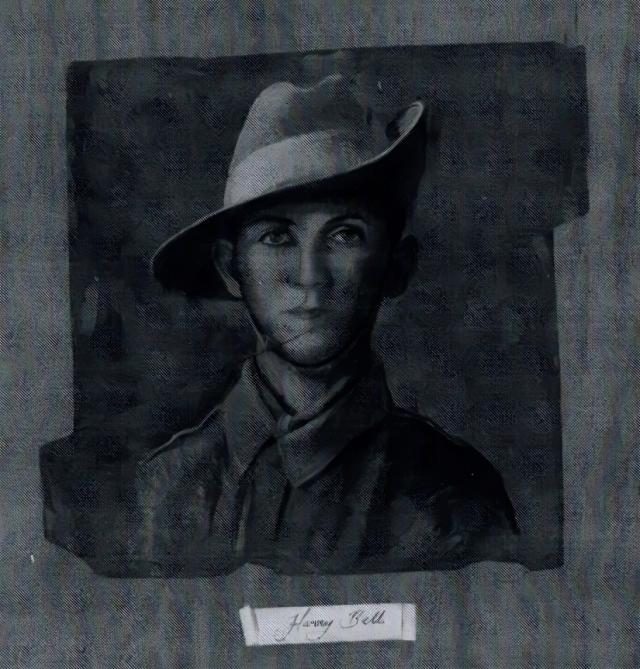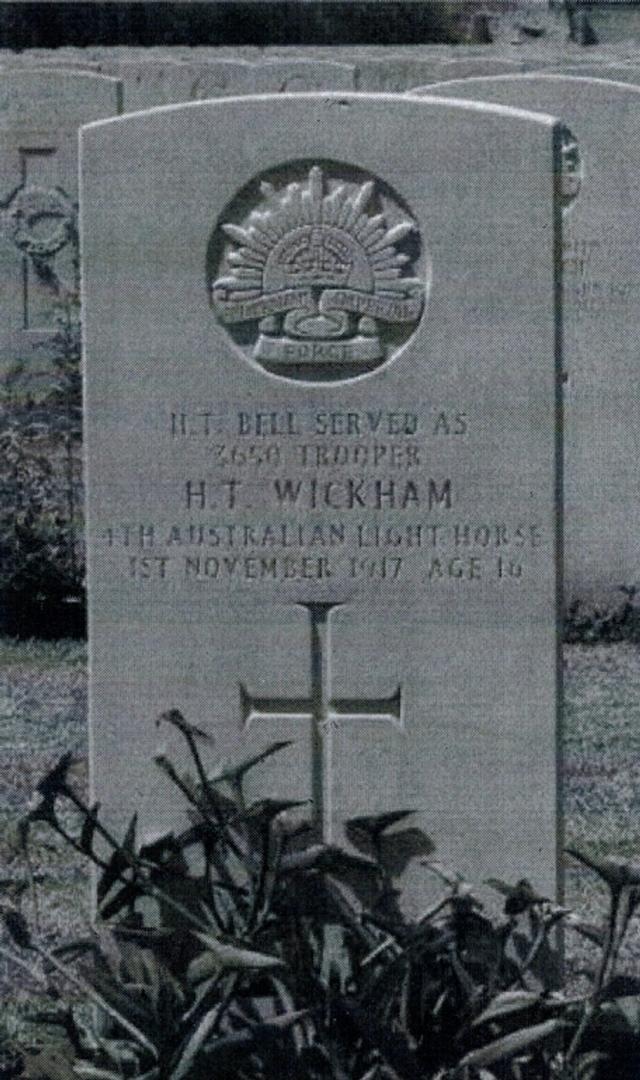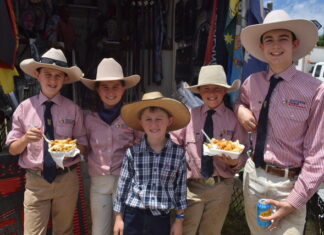In late November 1917, a telegram was opened by Thomas and Margaret Bell of Walpeup, a very small town situated on the Mallee Highway near the South Australian border. It read:
Dear Sir,
With reference to the report of the regrettable loss of your nephew, the late No 3650 Private H.T. Wickham, 4th Light Horse Regiment. I am now in receipt of advice which shows that he died at Beersheba, on the 1st. November, 1917 of wounds received in action and was buried the following day.
Thomas wrote back to the authorities stating that he did not have a nephew named Harry Wickham but, did have a son named Harry Bell who was jackerooing up in Queensland.
On further information, it was revealed that his son Harry was not in Queensland but, had enlisted under the assumed name of Harry Wickham which was his mother’s maiden name. Thus evolved the remarkable story of 16-year-old Harry Bell enlisting under a false name such was his eagerness to enlist in World War I.
When Harry’s older brother Samuel Arthus Bell enlisted into the 57th Battalion on 12 June 1916, Harry wanted to follow him, but was still under-age as 18 years was the minimum age for enlistment.
Harry became extremely frustrated that he could not follow in his older brother’s footsteps as, like many young men of Harry’s age, he was keen to enlist. He felt that he would be able to bluff his way into the army so fronted up to the recruiting office in Mildura on 17 March 1917. So, here is Harry’s story of deceit that enabled him to get accepted into the Australian Light Horse.
Harry Bell was born in 1901, the fifth of 10 children to Thomas and Margaret Bell of Walpeup, Victoria, and grew up in the region.
He did not show much interest at Walpeup Primary School, so went on to become a very hard-working farm hand in the district and became well-known for his ability with marksmanship and horses. He was a level-headed young man and a very capable bushman and, more importantly, a crack rifle shooter, when he went off to enlist.
At Mildura on 17 March 1917, Harry faced the scrutiny of the recruiting officer. He was asked his age and he told him he was 21 as 18 was the required age. The recruitment officer asked him who was his next of kin and Harry began his effort to enlist.
The recruitment officer later said: He gave his name as Harold Thomas Wickham (his mother’s maiden name), and that he was 21. When asked to show his birth certificate, Harry told him that it had been burnt in a house fire and listed his next-of kin as his uncle Thomas Bell, who in fact, was his father. Highly suspicious, the recruiting officer sent him to do a practical test of horsemanship and was greatly impressed by Harry’s horse-handling skills so passed him as fit and sent him to Seymour for a further six months of training with the 13th Light Horse Regiment. After this initial training, he was posted to the 4th Light Horse Regiment.
Now a fully-fledged trooper, Harry was to embark from Melbourne on the HMAT A17 “Port Lincoln”, a troop ship bound for the Middle East. He became a very popular member of the regiment, as he was of small stature, but had great ability with horses. Many of his mates looked after him as they began to realise that he was only 16 years of age but could pull his weight. However, once they arrived in Cairo, they were in time to join General Harry Chauvel’s drive across the desert to attack the Turkish fort and railway station at Beersheba.
Harry was assigned to a Hotchkiss machine gun section and as well as riding his ‘Waler’, he had the responsibility of caring for the pack horse. The Light Horse now crossed 40 miles of desert on very limited water ration as they advanced on Beersheba, who controlled the water wells that the Light Horse desperately needed.
Over 800 light horsemen prepared to attack. It comprised of waves with the 4th, 11th and 12th. Regiments to make the first charge. With their horses advancing at a trot, they waited for the command to charge. When the command was given all hell broke loose as the Turks opened fire with machines guns and artillery causing havoc on the yelling and charging Light Horsemen.
The Turks had a machine situated on the right of the Anzacs on what was called Hill 1180 and when Harry was in the first wave of the charging Light Horse he was yelling and waving his bayonet towards the Turkish trenches. Suddenly, Harry felt the impact of a machine gun hail of fire which shattered his thigh bone and threw him onto the desert sand.
Mortally wounded Harry was collected by a regimental medical cart and with blood pouring out of him, was taken to a first aid tent.
Such was Harry’s wound he could not be saved and so comforted by the regiment’s padre he spoke his final words to him, when he asked him to make sure that the name on his headstone was correct.
So, as his final breath was only minutes away, Harry was trying to correct his subterfuge by ensuring his name was really Harry Bell who served under the name of Harry Wickham. This was done on his gravestone and Harry was possibly the youngest Light Horseman to die in battle and go down in Anzac history as a participant in the battle of Beersheba known as the last mounted charge in the history of cavalry warfare.
Trooper Harry Thomas Wickham’s short military career ended when he died on 1 November 1917, and now lies at rest in the Beersheba War Cemetery Row D, Grave 36, Israel, with the other 54 Light Horsemen who died in that famous campaign. Sadly, for the family, Harry’s older brother Samuel was also killed in action at Villers- Bretenneux on the 18 of August 1918.
Harry Bell is honoured and remembered by his portrait that hangs on the wall of the Caledonian Hotel in Warrnambool, Victoria, and a horse race at the Jerico Cup meeting, (the maiden handicap for three-year-olds.)
LEST WE FORGET.








